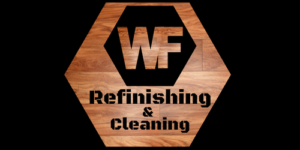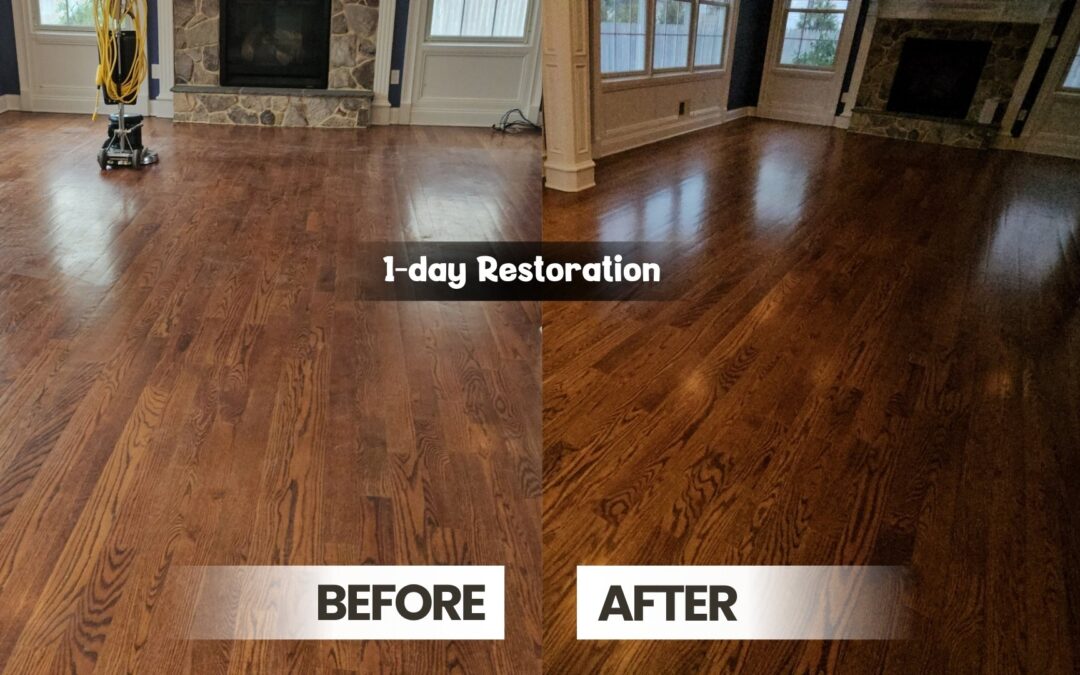Sanding Hardwood floors: When Is It Necessary?
When it comes to maintaining the beauty and longevity of hardwood floors, many homeowners assume that full sanding is the only solution to restore their flooring. However, not every hardwood floor needs this intensive process. Often, a more cost-effective and less invasive option, such as screening and recoating, can achieve excellent results. In this article, we’ll explore when full sanding is necessary and when a screening and recoating process may be the better choice.
Understanding Full Sanding vs. Screening & Recoating
What Is Full Sanding?
Full sanding involves completely removing the existing finish and a layer of the wood surface using heavy-duty sanding equipment. This process eliminates deep scratches, discoloration, and damage, leaving the floor bare and ready for a fresh stain and finish. While this approach can dramatically transform old or heavily worn floors, it is more labor-intensive, time-consuming, and costly.
When Is Full Sanding Necessary?
Full sanding is typically required under the following circumstances:
- Deep Scratches and Gouges: When floors have deep scratches that penetrate through the finish and into the wood itself, screening and recoating may not be enough.
- Severe Water Damage: Warped or heavily water-damaged floors need full sanding to restore their shape and appearance.
- Staining and Discoloration: If the floor has deep stains or discoloration that cannot be removed by surface treatment.
- Changing the Color of the Floor: If you want to drastically change the stain color of your hardwood floors, full sanding is the only way to achieve this.
- Peeling or Worn Finish: When the finish is completely worn off in areas, exposing the raw wood, full sanding is often the best solution.
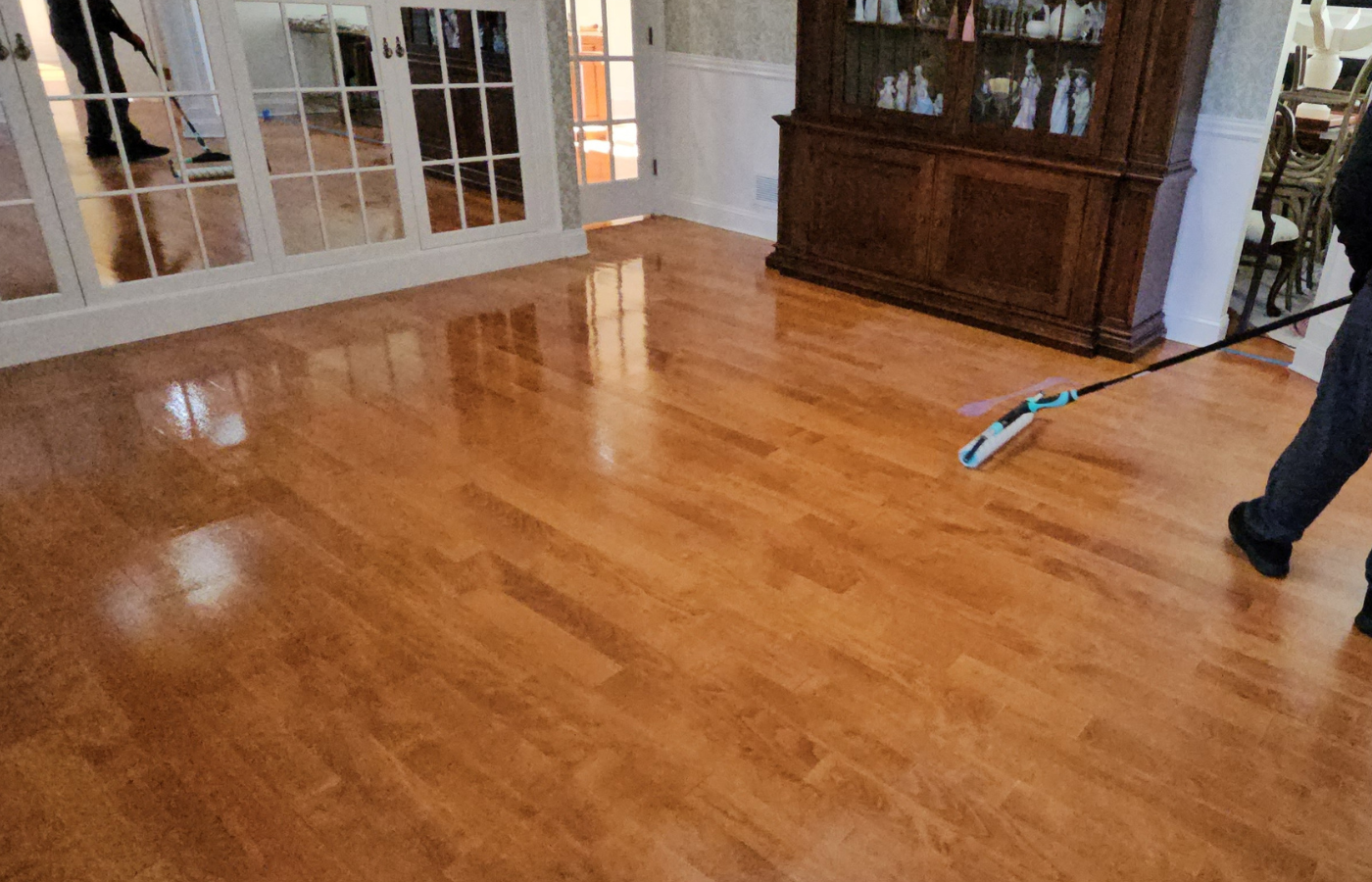
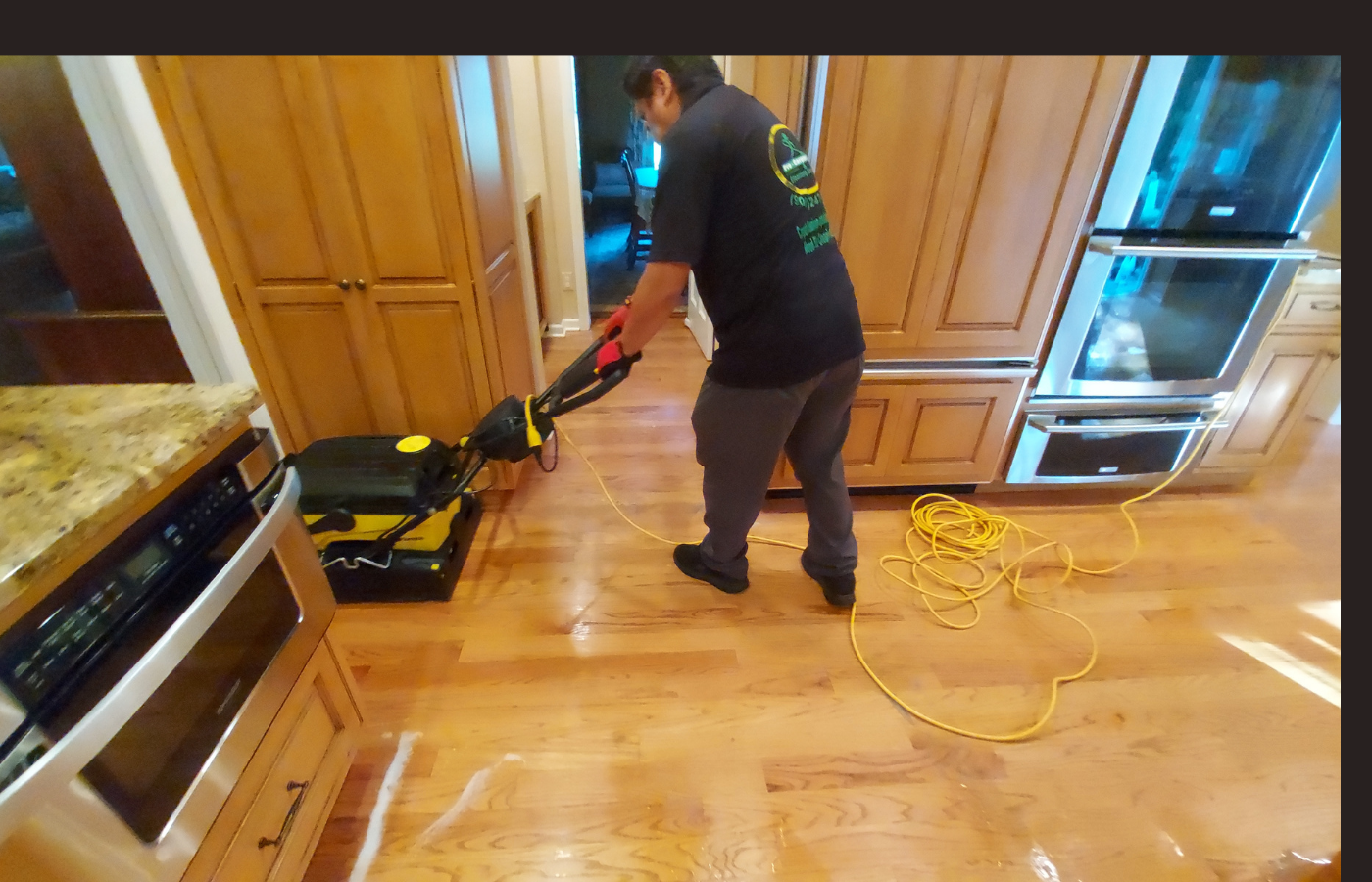
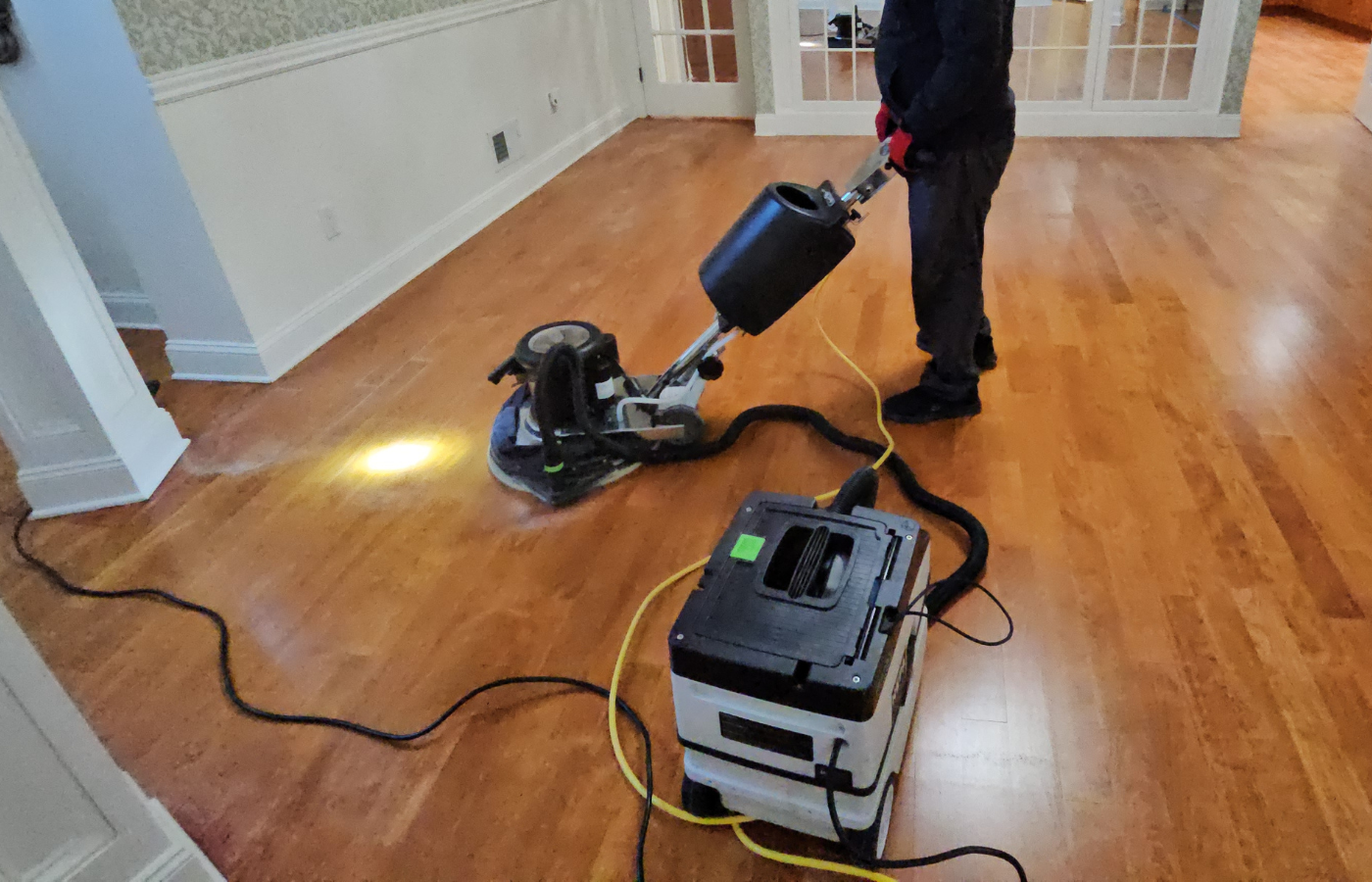
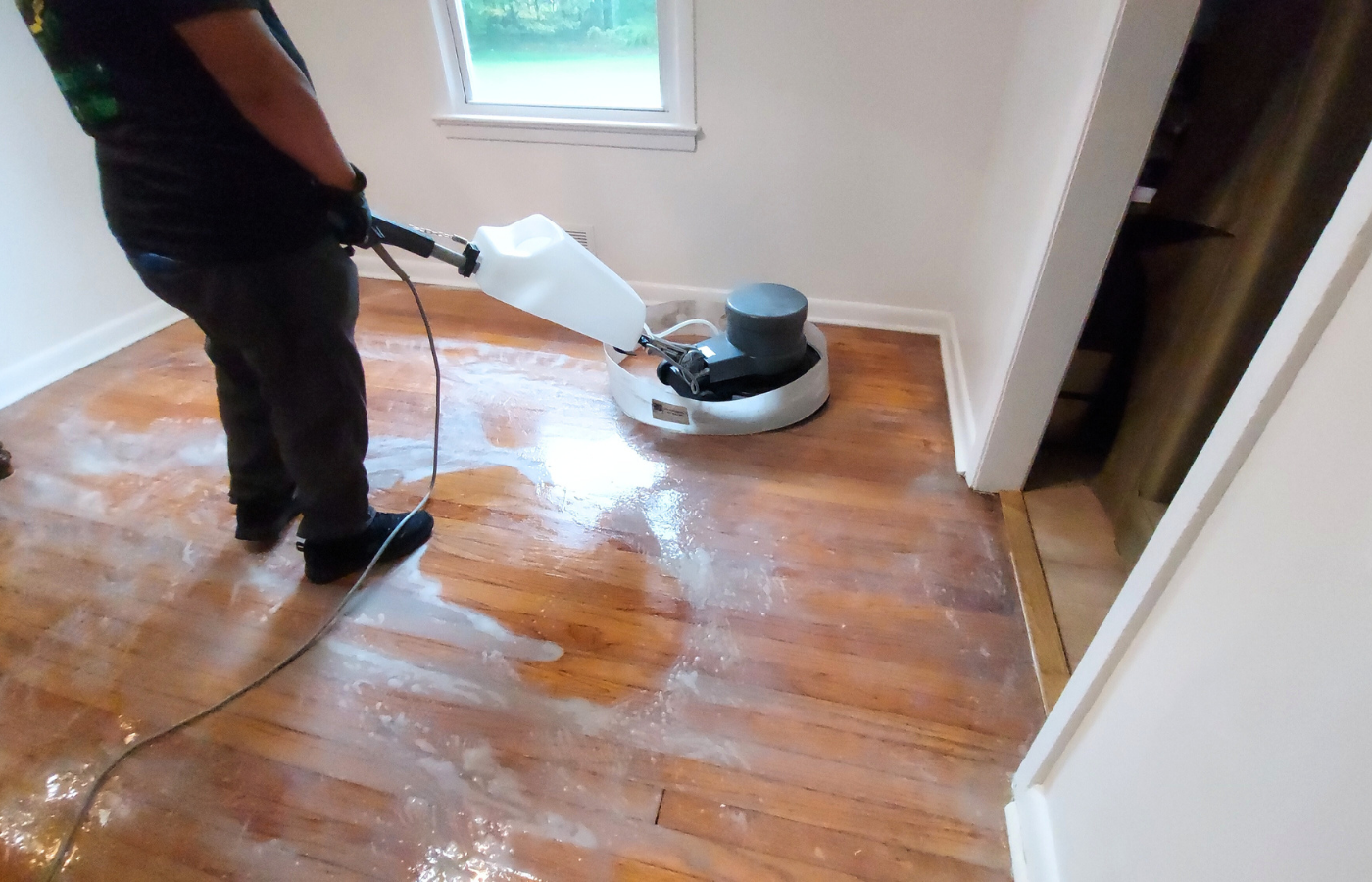
When to Choose Screening & Recoating Instead
Screening and recoating can be an ideal choice when:
- The Finish Looks Dull: If the floor’s finish looks dull or has minor surface scratches but the wood beneath is in good condition.
- Regular Maintenance: Routine maintenance to extend the life of the current finish and avoid more extensive work later.
- Budget-Friendly Refresh: When a quick, budget-friendly update is needed without the expense of full sanding.
- No Major Damage: The floor is free of deep scratches, stains, or water damage.
- Micro scratches: When there are scratches on the polyurethane not deep on the wood.
Not Sure What Your Floors Need? We Can Help!
If your hardwood floors look dull, scratched, or hazy, you may not need sanding at all—a simple screen and recoat may be the perfect solution! We specialize in restoring hardwood floors through professional maintenance services, including removing polish buildup, screening, and applying a fresh polyurethane finish to bring back their beauty.
👉 Contact us today for an assessment, and let’s find the best solution for your hardwood floors!
1-Day Wood Floor Restoration
Example: The Cost of Full Sanding for 200 Sq. Ft.
To provide a clearer picture, let’s consider an example of full sanding for a 200-square-foot area. Full sanding typically costs between $4 to $8 per square foot, depending on the complexity of the job and the type of finish chosen. For 200 square feet, this could range from $800 to $1,600, not including additional costs for stain or specialty finishes. Screening and recoating might cost around $1 to $3 per square foot, totaling $200 to $600 for the same area.
Choosing the right method based on your floor’s condition
While full sanding offers a complete restoration for heavily damaged hardwood floors, it is not always necessary. Screening and recoating provide an excellent alternative for maintaining and refreshing floors with minimal wear. By choosing the right method based on your floor’s condition, you can save time, money, and preserve the natural beauty of your hardwood floors for years to come. If you’re unsure which process is best for your floors, consult with a professional maintenance company that can guide you toward the most effective and affordable solution.
General Questions
How expensive is Clean & Recoat?
Prices will vary but typically a contractor will charge you less than what they would charge you for sanding and refinishing the floor. Pricing will depend on how much time they spend cleaning a floor, the type of finish they use and the number of applications of finish they make. Get several estimates but pay careful attention to how long they will take, how they will prep the surface and the type of finish they will use. Learn More…
Is this a dusty, smelly process?
The smell of the chemicals used to clean the floors is comparable to typical household cleaners and are not toxic or hazardous. The buffers we use have dust containment systems attached to vacuums to minimize any dust from prep work. We only work with waterborne urethanes that have no offensive odors. Done correctly, Clean & Recoat is the least invasive recoating process on the market today.
How log will a Clean & Recoat last?
With proper care and maintenance and by following a common sense approach to reduce wear and damage, a floor that’s been recoated can give you years of excellent service. I’ve seen floors that I recoated more than ten years ago that are still in very good shape. Most floors that are being recoated will be getting a waterborne finish and these finishes are very good and easily maintained. Learn More…
What is Laminate Flooring?
Laminate flooring is a tongue and groove interlocking flooring system that comes in either planks or squares. All of these floors have a wear layer, a decorative print film layer, an inner core structure, and some type of backing support layer — usually melamine. The print film layer is either fused or glued to the inner core. The print film can be a photo of any real floor. The earlayer is applied to the decorative print layer to protect the pattern. Melamine resins are the main component of the wearlayer. The melamine surface gets its incredible durability from aluminum oxide. Aluminum oxide is almost as hard as diamonds and provides unsurpassed wear and stain resistance. Learn More…
What is Engineered Flooring?
Engineered flooring is produced by bonding three or more layers of wood. The crossing of grain direction within the boards makes this a very dimensionally stable product able to resist nearly all expansion and shrinkage from normal moisture changes. This is one primary feature that makes it suitable for use directly on concrete and below-grade application. Learn More…
Will my floor age or change color?
Yes. You can expect to see shade differences in your floor over time. The cause is usually from exposure to the ultra-violet rays of the sun, whether direct or indirect. This color change will be more noticeable in lighter colors, which will darken over time. In addition, certain species like Brazilian cherry, will naturally darken over the years. These changes are due to the natural characteristics of wood and are not covered by most manufacturers’ warranties.
What is Custom Finishing?
Sanding and refinishing performed to individual specifications. Custom finishing of wood floors is performed in the home on the completely installed new floor, or to refurbish a previously finished floor. Custom finishing permits the owner to select from a full range of stains, sheens and colors.
